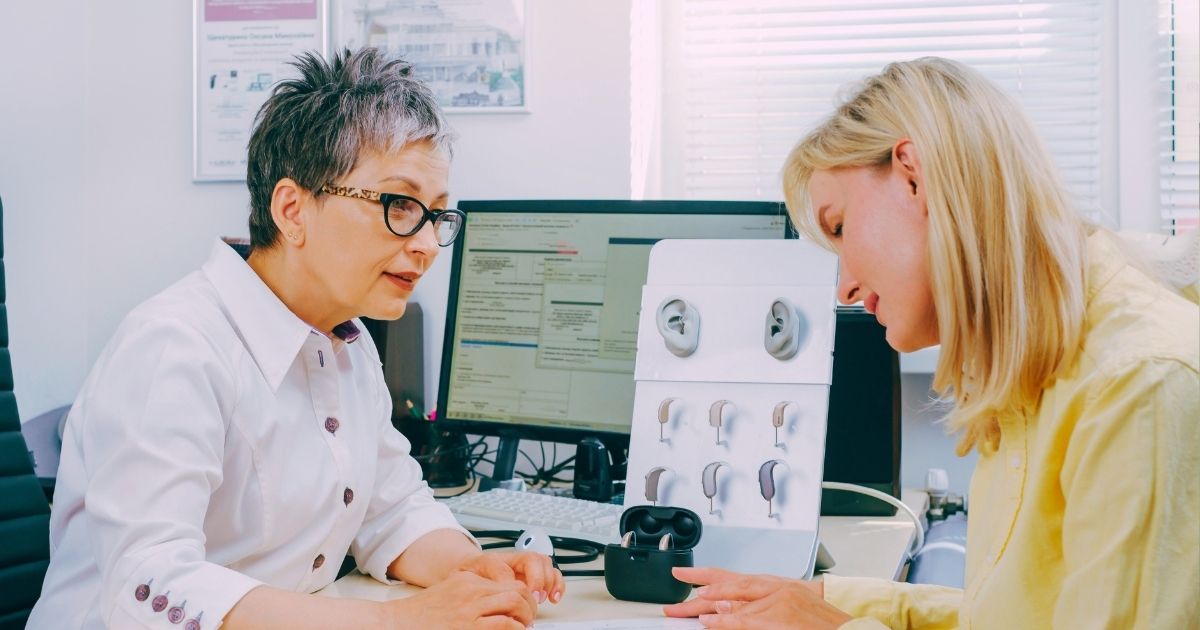by Meagan Lewis, AuD
Why? That’s the first question that many have asked when I told them that we were planning to itemize our services May 1 of this year.
In fact, that’s the first question our staff asked when we started discussing the idea two years ago.
Hearing Aid Price ‘Bundling’ Isn’t New
We certainly aren’t the first clinic to consider itemizing or unbundling services. I personally know of several other clinics that have been itemizing for as long as 10 years. In fact, the American Academy of Audiology has published a position statement, an itemization guide, online courses, and articles in Audiology Today from 2009.
But Why Us and Why Now?
The answer to the Why question is multi-faceted, covering the gamut from transparency to value to affordability to education.
- Transparency for patients and value placed on what we do. We, like many dispensing audiologists, see transfer patients. Whether they are people who have relocated or are seeking a second opinion, they often need their current hearing aids adjusted rather than needing to purchase new instruments.Previously, we charged a “transfer of care” fee. I found it difficult at times to explain what the charge covered. For example,
“Well Mr. So And So, I am charging to take over your care” rather than, “ I am charging you X dollars to adjust your hearing aid to a prescriptive formula that helps ensure that speech sounds are audible. I can measure that in your ear and ensure that we are maximizing the device.”
Itemizing the service helps to explain what we are doing and for what purpose, rather than lumping everything together.
- Educating the patient who hopefully educates others. Unbundling reminds me of one gentleman who initially came in for a cochlear implant evaluation. He was frustrated (well, his companion was more frustrated and insisted that he take action). He had worn hearing aids for 6 years but struggled to communicate, even in a quiet situation.As part of the evaluation, we evaluated his current, unsatisfactory hearing aids. Unfortunately, the devices were well below target and most speech was inaudible. I explained that I could adjust the hearing aids and that the charge for doing so was X dollars. He agreed. When we were done, he said he had not heard that well in 6 years.
A former high school principal, he told his former student, now a primary care physician, that all his patients needed to be sent to our clinic because we “are using science to fit them and not our gut.” As a doctoral level profession, we should be using science. We have science degrees. There are accepted tools and protocols available to increase the accuracy of programming hearing aids, and evidence that these tools improve audibility and satisfaction.
Itemization enables us to appropriately charge for services and opens the door for explanation about what that service is.
- Affordability is also a concern for most of our patients when purchasing devices. How many times has someone said to you “I’m on a fixed budget and cost is a concern.”? Many or most.In a bundled model, the services that we provide drive up the cost of the devices. When folks ask, “why is it so expensive?”, one piece of the answer is that our professional time is included in the device. I want to be seen as the professional and not the product.
In an itemized model, I can quote the price of the device, then explain what goes into a hearing aid fitting to make the device effective. We assume when we quote a bundled cost that a person is going to come in an average number of times over the next several years. However, that’s painting with a pretty broad brush. Most long-term wearers are going to require fewer adjustments than new users. It is unfair to charge them the same price for services that they may or may not use, and doing so drives up the overall cost, making hearing aids cost prohibitive for some.
Offering the option to pay as one receives services spreads the overall cost to the patient and family out over a number of years, so that they pay for what they need.
In the next post, I’ll explore external forces that influenced our decision to unbundle.
**This is part 1 of the Unbundling series by Dr. Lewis. Click for part 2 and part 3.
Meagan Lewis, AuD is the manager of the audiology department at Wake Forest Baptist Medical Center, a large university and medical school based health care system in North Carolina. Wake Forest, under Meagan’s lead, is an early adopter in breaking away from a ‘bundled “price for hearing instruments. There is much interest in this topic, and Meagan has agreed to share her experiences to date, with periodic updates as the new approach settles in.







Very interesting. Thank you. I am looking forward to the next post.
With over the counter hearing devices set to take over the market, bundling, or bundling make sense no more !
Look at what happened in the Funeral Business. The cost of burial doubled. Why will unbundling not do the same to the Hearing Aid Business.
As I know the Aid prices are very high a common people are not able to manage alone so it could be reduced to some extent so everyone can afford it. Thanks for sharing this.